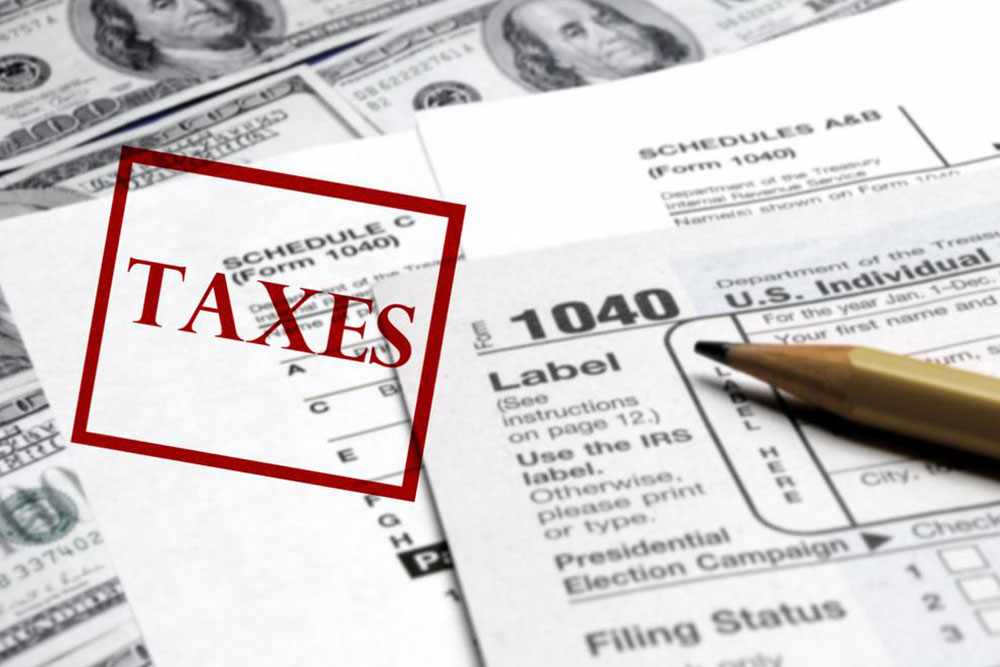All you need to know about tax refunds
If you pay more taxes to the government than you are liable to, you are eligible for a tax refund, for which the government will give you a check for the amount overpaid by you.
Who receives a tax refund?
Any taxpayer who has overpaid the taxes in a particular year will receive a tax refund. In order to receive a refund, it is important to file the income tax return.

How can you track the refund?
If you are able to track the amount of refund you will be receiving, you can use it in an organized manner. This means you may to need to track the tax documents, receipts, and the forms throughout the year. It is advised to track important papers like property tax forms, student loan interest documents, charitable contributions, and other tax documents that are relevant to your financial life. It is ideal to begin early with tax planning so that you have enough time for tax credits. It also helps if you file the tax returns early. A tax preparer can help you make the most of a situation if you are not proficient with it. If you who do not receive the entire amount of refund, you need not worry. You can amend the tax return within 36 months of the original date of filing.
Where is your refund?
About 90% of the requested refunds are delivered within a period of 21 days of filing. The status of the refund can be tracked and tax filers can opt to receive it via a check, or you can ask for it to be delivered via an electronic transfer. You need to remember that the IRS might keep your refund on hold in case you have outstanding debts like student loan bills. Once you pay those debts, you will get the entire refund. Receiving a refund depends on your financial situation. It also varies from one person to another. You need to check your tax situation and the liability in order to determine whether you will receive the refund.
Once you receive the tax refund, you may use it wisely to improve your current financial situation.